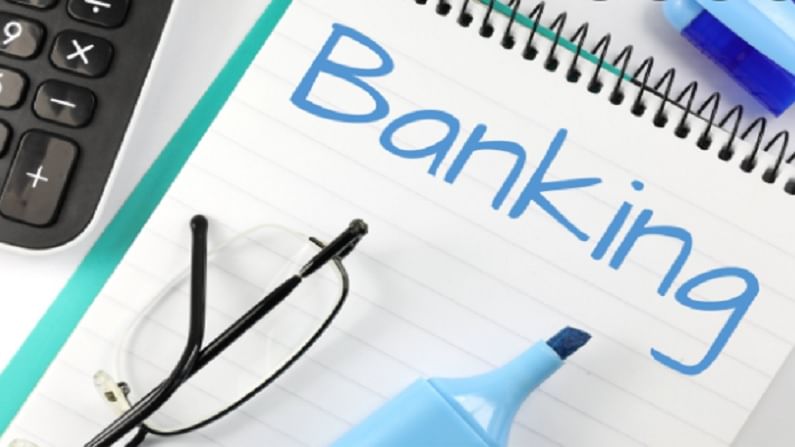Lending institutions fear new NPAs may emerge as moratorium on ECLGS loan coming to end
There have significant delays in payments of interest, say bankers

Lending institutions, including banks, fear that new bad loans could emerge with the ending of one-year moratorium on an emergency credit scheme that was introduced to help the businesses hit by the pandemic.
The government had extended a one-year moratorium on principal amount under Emergency Credit Line Guarantee Scheme (ECLGS). The principal loan has to be repaid in 36 months after the expiry of moratorium. Under the scheme, loans are given for a maximum period of four years.
The Economic Times quoted Amitabh Chaudhry, MD, Axis Bank, as saying that the as the one-year moratorium ends now borrowers have to start repaying principal dues . He anticipated some pain as many customers expanded capacity in the hope that that demand revival. Corporate entities and small enterprises had borrowed in anticipation of demand revival.
Small business borrowers in the 61-90 day bucket will most likely default. They have been substantial delays in paying interest, and now there would be pressure on paying principal, the CEO of an NBFC is quoted as saying.
Scheme validity extended to March 31, 2022
The ECLGS has given relief to over 1.15 crore MSMEs and businesses as of September 24, going by the government figures.
Loans worth Rs 2.86 lakh crore given against Rs 4.5 lakh crore allotted under the scheme. The validity of the scheme was recently extended to March 31, 2022.
Earlier, rating agency CRISIL had said that report that gross non-performing assets (NPAs) of banks are expected to increase to 8-9% in the current financial year, despite schemes like ECLGS.
It said that with around 2% of bank credit expected under restructuring by the end of this fiscal, stressed assets which comprises of gross NPAs and loan book under restructuring, should touch 10-11% this fiscal.
The report also said that retail and MSME segments, which together form close to 40% of bank credit, are expected to see higher accretion of NPAs and stressed assets this time around.
Stressed assets in these two segments are seen increasing to 4-5% and 17-18%, respectively, by the end of this fiscal.